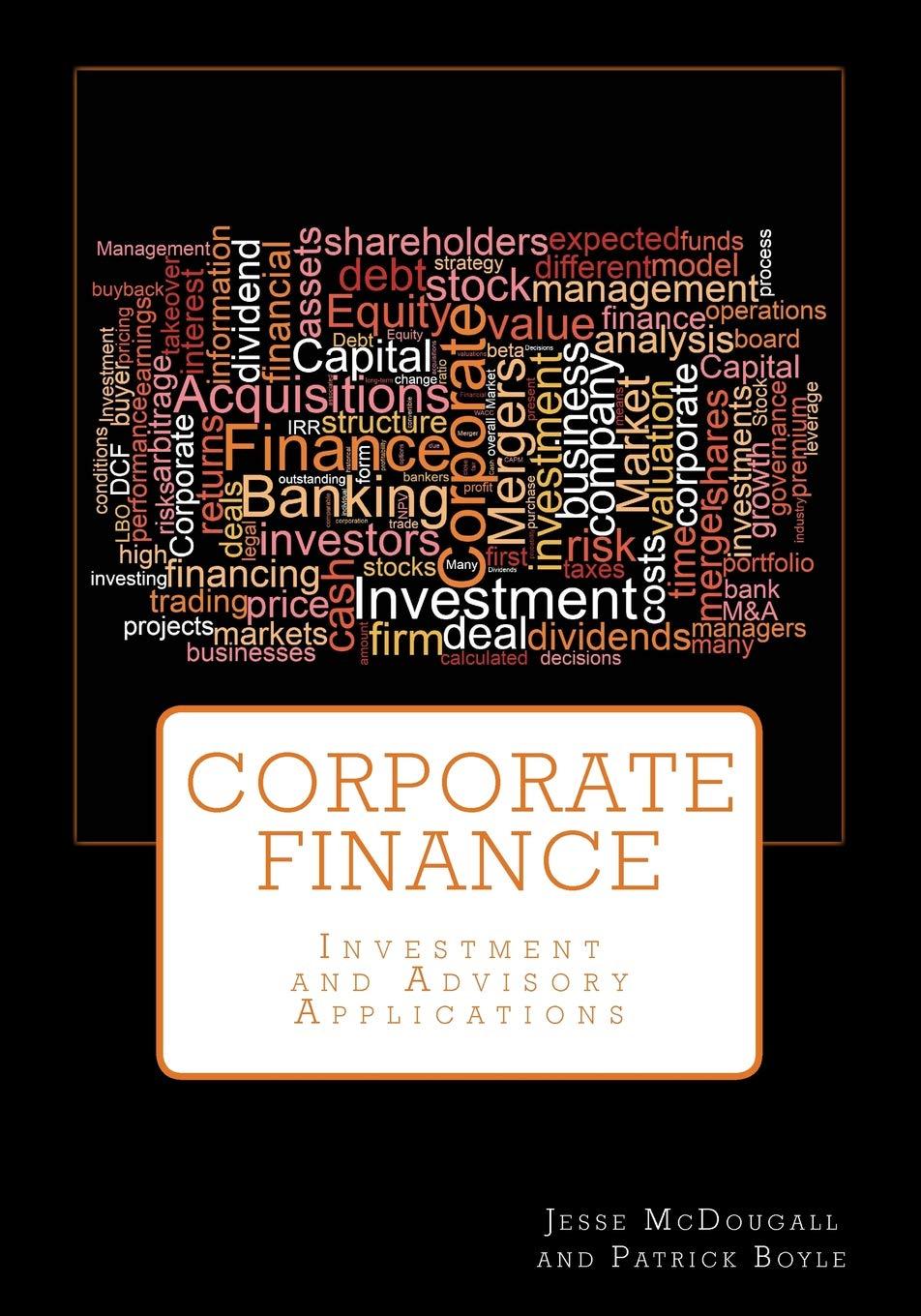Your broker offers to sell you some shares of Bahnsen & Co.common stock that paid a dividend of $2.75 yesterday. Bahnsen's dividend is expected to grow at 7% per year for the next 3 years. If you buy the stock, you plan to hold it for 3 years and then sell it. The appropriate discount rate is 11% a. Find the expected dividend for each of the next 3 years; that is calculate D, Ds, and D. Note that D. = $2.75. Round your answer to the nearest cent. D - $ D2 - $ Dy$ b. Given that the first dividend payment will occur 1 year from now, find the present value of the dividend stream; that is calculate the PVs of D, D, and Ds, and then sum these PVs. Round your answer to the nearest cent. Do not round your intermediate calculations. c. You expect the price of the stock 3 years from now to be $90.12; that is, you expect to equal $90.12. Discounted at a 11% rate, what is the present value of this expected future stock price? In other words, calculate the PV of $90.12. Round your answer to the nearest cnnt. Do not round your intermediate calculations do you plan to buy the stock, hold it for 3 years, and then set it for $90.12, what is the most you should pay for it today? Round your answer to the nearest cent. Do not e. Use equation below to calculate the present value of this stock. f. D.(1-0) D T- Assume that 9 - 7% and that it is constant. Do not round Intermediate calculations. Round your answer to the nearest cent. f. Is the value of this stock dependent upon how long you plan to hold it? In other words, if your planned holding period was 2 years or 5 years rather than 3 years, would this affect the value of the stock today, Por 1. Yes. The value of the stock is dependent upon the holding period due to the fact that the value is determined as the present value of a future expected dividends. II. No. The value of the stock is not dependent upon the holding period unless the growth rate remains constant for the foreseeable future. III. Yes. The value of the stock is dependent upon the holding period as long as the growth rate remains constant for the foreseeable future, IV. No. The value of the stock is not dependent upon the holding period. The value calculated in parts a through d is the value for a 3-year holding period. It is equal to the value calculated in parte. Any other holding period would produce the same value of Po V. Yes. The value of the stock is dependent upon the holding period. The value calculated in parts a through d is the value for a 3-year holding period. It is not equal to the value calculated in parte. Any other holding period would produce a different value of P. -Select







